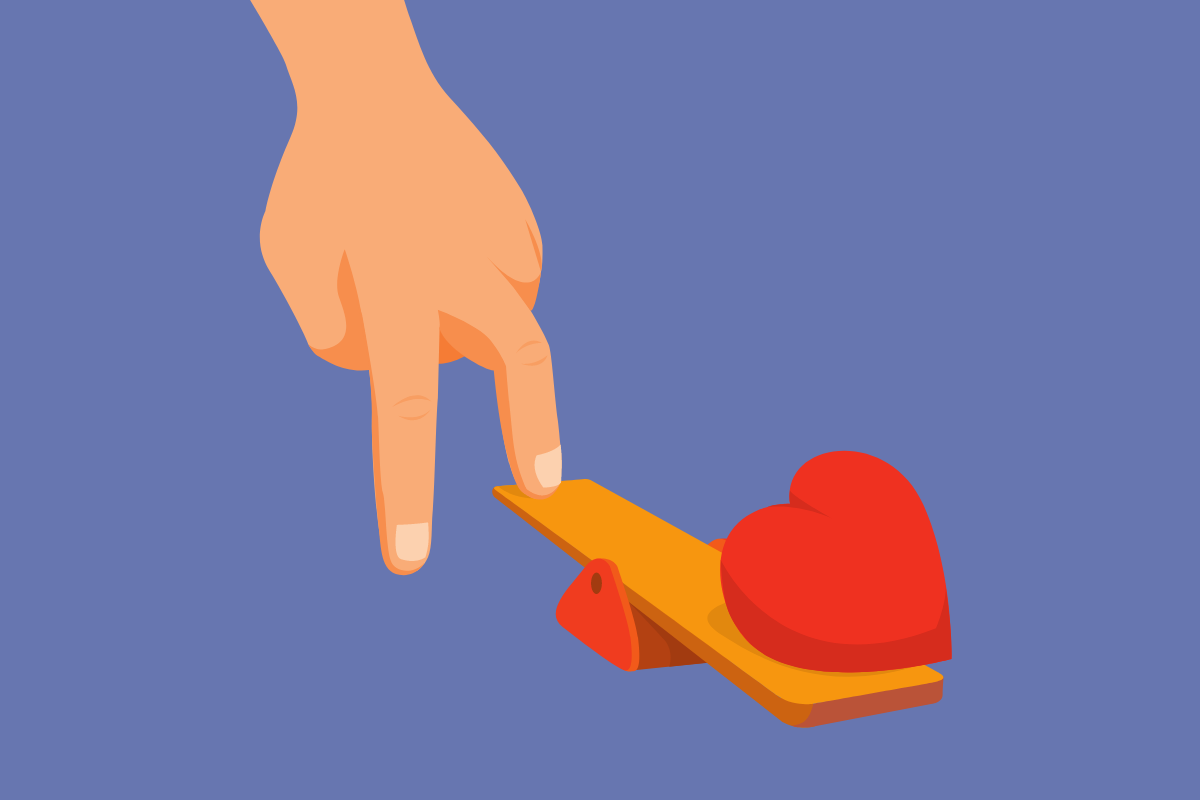All posts
The Problem with Power in Relationships
Do you feel like you’re stepping on eggshells with your partner? Do they ‘keep score’ and hold things against you to get their way? Power exists in every relationship, whether it’s with your partner, a family member, friend, or even a colleague. A healthy relationship is based on equality and respect. It’s not uncommon for […]


Do you feel like you’re stepping on eggshells with your partner? Do they ‘keep score’ and hold things against you to get their way?
Power exists in every relationship, whether it’s with your partner, a family member, friend, or even a colleague. A healthy relationship is based on equality and respect. It’s not uncommon for one person to take the lead while the other is more flexible, but this can become a problem when abused.
When one person has control in the relationship, or the ‘upper hand’, this can lead to unhealthy and toxic behaviours. It can make one partner feel scared of the other and damage their self-esteem. It can be a form of domestic abuse.
We look at the signs of an unhealthy power dynamic to help you spot when things are one-sided.
Types of Power in a Relationship
Two common relationship dynamics that play with power are the demand/withdraw and distancer/pursuer dynamics.
The demand/withdraw dynamic involves one partner (the demander) wanting to talk about problems and find a solution, while the other partner (the withdrawer) withdraws, shuts down, and avoids the problems.
The distancer/pursuer dynamic involves one partner (the pursuer) seeking to increase intimacy and closeness, while the other partner (the distancer) pulls away and becomes cold.
Research from The Gottman Institute shows that partners who get stuck in the distancer/pursuer pattern in the first few years of marriage have more than an 80% chance of divorcing in the first four or five years.
These are just two examples of power imbalance in a relationship. Power and control can be used in relationships in many other ways – big and small, subconsciously and intentionally.
Signs of Power Imbalance in a Relationship
These are just some of the common signs of inequality in a relationship.
- One partner never compromises – No two people are always going to agree on everything. Compromise or ‘meeting in the middle’ is key to ensure both people’s needs are met. If one partner is all take and no give, they’re holding all the power.
- One partner doesn’t listen to the other – Communication is important in every relationship – whether romantic or not. If one partner refuses to listen to the other and take their ideas and feelings on board, it can be a sign of disrespect and selfishness.
- One partner always takes the lead – Many relationships have an ‘alpha’ or the person who ‘wears the pants’. While this can be healthy and work well for some, it can be damaging for others if the dominant partner is abusing this role to fulfil their own selfish needs.
- One partner’s love is conditional – Love shouldn’t be a reward for doing what your partner wants you to. It can be a clear sign of power imbalance when a partner withholds their love and affection until they get their way.
- One partner holds grudges or keeps score – Some people can’t let things go. Even if they’re over it, they might take joy in constantly bringing up their partner’s past mistakes as a way to punish them and make themselves feel superior. This is an easy way for them to exert power and control.
Do any of these signs sound familiar to you or someone you know? Counselling can be helpful for individuals and couples trying to navigate power struggles. You can learn about our counselling services here, or call 1300 364 277 to book.
Back to all posts